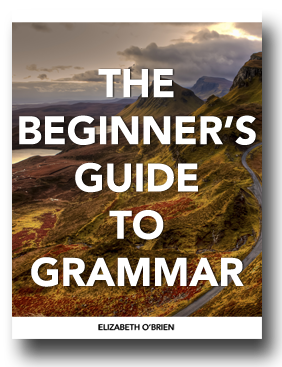Download your free grammar guide here.
Download your free grammar guide here.
What is a comma splice?
What is a comma splice?
- Home
- Punctuation
- Comma Splices
Comma splices are a common error. Do you know what they are and how you can avoid them? It's time to learn!
This lesson is broken down into three parts because there is some background knowledge that you need before you can understand this comma rule.
Part 1: Independent Clauses
Part 2: Compound Sentences
Part 3: Comma Splices
Part 1: Independent Clauses
An independent clause is a group of words that contains a subject and verb, and it can stand alone as a complete thought.
Here are two independent clauses and their sentence diagrams. If you're not familiar with sentence diagramming, don't be discouraged. Just keep on reading!
1. The students wanted indoor recess.
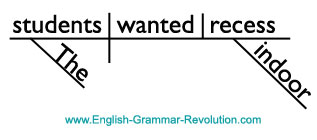
2. The teachers wanted outdoor recess.
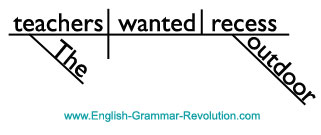
Part 2: Compound Sentences
Compound sentences are made up of two or more independent clauses. They give us a way to combine ideas and make our sentences more interesting.
Here are two ways that you can properly punctuate compound sentences.
1. Join the clauses with a semicolon.
When you diagram sentences with semicolons, join the clauses together with a dotted line and place an x on the line to represent the semicolon.
Some people prefer to draw a semicolon on the dotted line. Either one is fine.
The students wanted indoor recess; the teachers wanted outdoor recess.
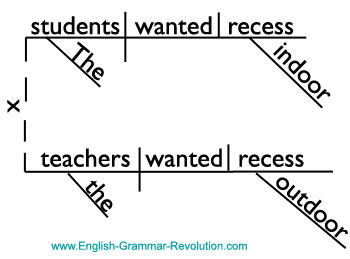
2. Join the clauses with a comma and a coordinating conjunction.
Coordinating conjunctions are words that join things together. There are only seven coordinating conjunctions (for, and, nor, but, or, yet, so).
The students wanted indoor recess, but the teachers wanted outdoor recess.
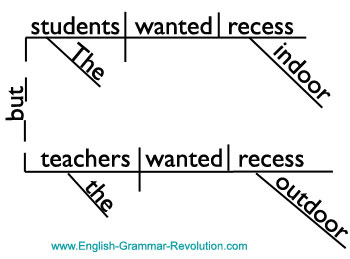
Part 3: Finally... Comma Splices!
When independent clauses are joined by only a comma, we call them comma splices. Commas are not strong enough to hold two independent clauses together.
Here are a couple of examples.
The students wanted indoor recess, the teachers wanted outdoor recess.
My mother loves baking, she just made brownies.
Fixing Them
Here are four ways you can avoid these.
1. Add a coordinating conjunction after the comma.
My mother loves baking, so she just made brownies.
2. Take out the comma and the coordinating conjunction, and replace them with a semicolon.
My mother loves baking; she just made brownies.
3. Separate the two clauses into two sentences.
My mother loves baking. She just made brownies.
4. Put a colon between the two clauses if the second clause expands upon or clarifies the first clause.
After my mother finished baking, I couldn't believe what I saw: there, on the counter, were four different types of brownies.
Are you tired of second-guessing your punctuation?
Let's fix that!
Imagine writing an email, a lesson plan, or even a professional document without stopping to question whether you’re using a comma, dash, or colon correctly.
Lifetime access. One-time payment. No subscriptions. No overwhelm. Click here to learn more! 💛
Are they ever okay?
You can use these for stylistic reasons if the clauses that they are connecting are short and parallel in structure.
They came, they saw, they left.
However, most people will see them as mistakes, so you should avoid them in formal writing.
Are you tired of second-guessing your punctuation?
Let's fix that!
Imagine writing an email, a lesson plan, or even a professional document without stopping to question whether you’re using a comma, dash, or colon correctly.
Lifetime access. One-time payment. No subscriptions. No overwhelm. Click here to learn more! 💛

Hello! I'm Elizabeth O'Brien, and my goal is to get you jazzed about grammar.
We are currently on lesson 10 and my children's confidence level has increased immensely!
- Jennifer, Homeschooling Mom
This is original content from https://www.english-grammar-revolution.com/comma-splice.html
Our Free Guide Gives You A Fun Way
To Teach And Learn The Basics v

Elizabeth O'Brien is the creator of Grammar Revolution.
Her lessons are guaranteed to give you more confidence in your communication skills and make you smile. :)
Other Helpful Lessons
